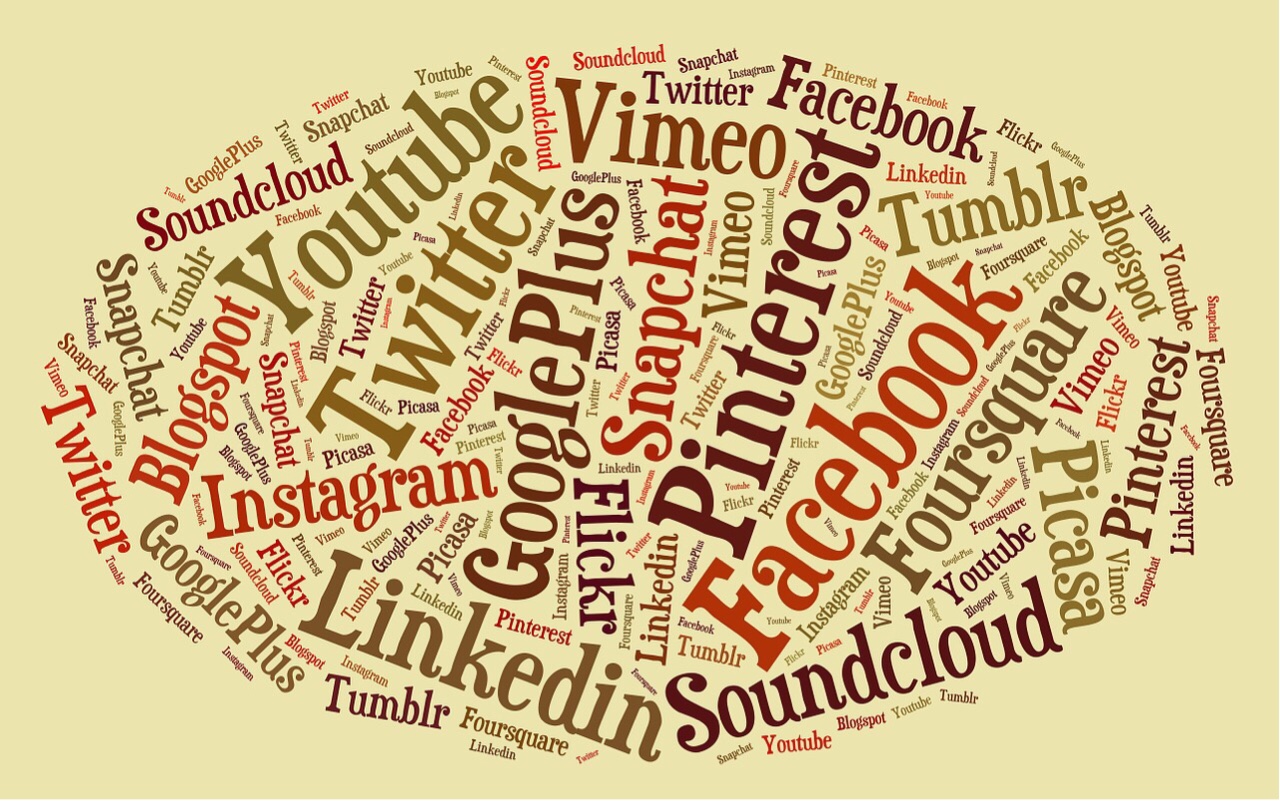It's easy to say TAG

What's a tag?... Can I tag you?... What's the tag for...
Tag. Tag. Tag.
Everywhere in the virtual world you can find that simple word.
Have you ever thought about how many meanings can have that simple word?
Ie: when you say tag have you always been clear its meaning in any context?
This article mentions only a few of that meanings.
And it isn't a tutorial for those meanings but it's only a simple review of them.
Tag in Evernote
You can store many thousands of notes in Evernote. The problem is not to store the notes but to search them.
Tags can really help you to navigate through your thousands of notes.
Tags, in the Evernote context, are text labels superimposed to the notes. You can search the notes using a single tag, regardless of the note content. You can use multiple tag combined with booleans operators.You can also mix tags and text in your researches.
Then tags are elements to elements to bring order into chaos.
 |
| Fig. 2 - Tags in Evernote |
Tag in social networks
Tag in Facebook.
When you tag a person in Facebook the system sends a notice regarding his presence in a image.
The tagged subject receives an advice and has the option to eliminate the tag itself.
The subject's friends receive, if tag is allowed, a notification in order to visit and, eventually, to like and comment the image.
Then the tag finality in Facebook is to expand the posts visibility.
See the first image for an example of tags in Facebook
Tag in Instagram.
When you tag a person in Instagram the system sends to that person a notification.
The tagging finality in Instagram is similar to what happens in Facebook: extend the visibility of posts published on the network.
 |
| Fig. 3 - A tag in Instagram |
Tag in Medium.
In Medium it's a search key for the articles. The effect is, more or less, the same one that in note-taking apps but in a network environment.
Note that in the actual release, Medium allows up to three tag for every article.
 |
| Fig. 4 - Tags in Medium |
Tag in HTML.
HTML is a markup language. The fundamental language for building web pages.
Tag is the main brick of the language.
All the language is based on tags.
if there were no tags there would be no language.
The language itself is a sequence of tags.
Then, in HTML (and other similar languages) the tag isn't a search or evidence element. It's the core of the language itself.
Here's a list of basic HTML tags:
 |
| Fig. 5 - Tags in HTML |
Synthesis.
Tag to search notes, tag to extend visibility, tag to build web pages and other elements...
Can I tag you?
Have a nice day!


Comments
Post a Comment